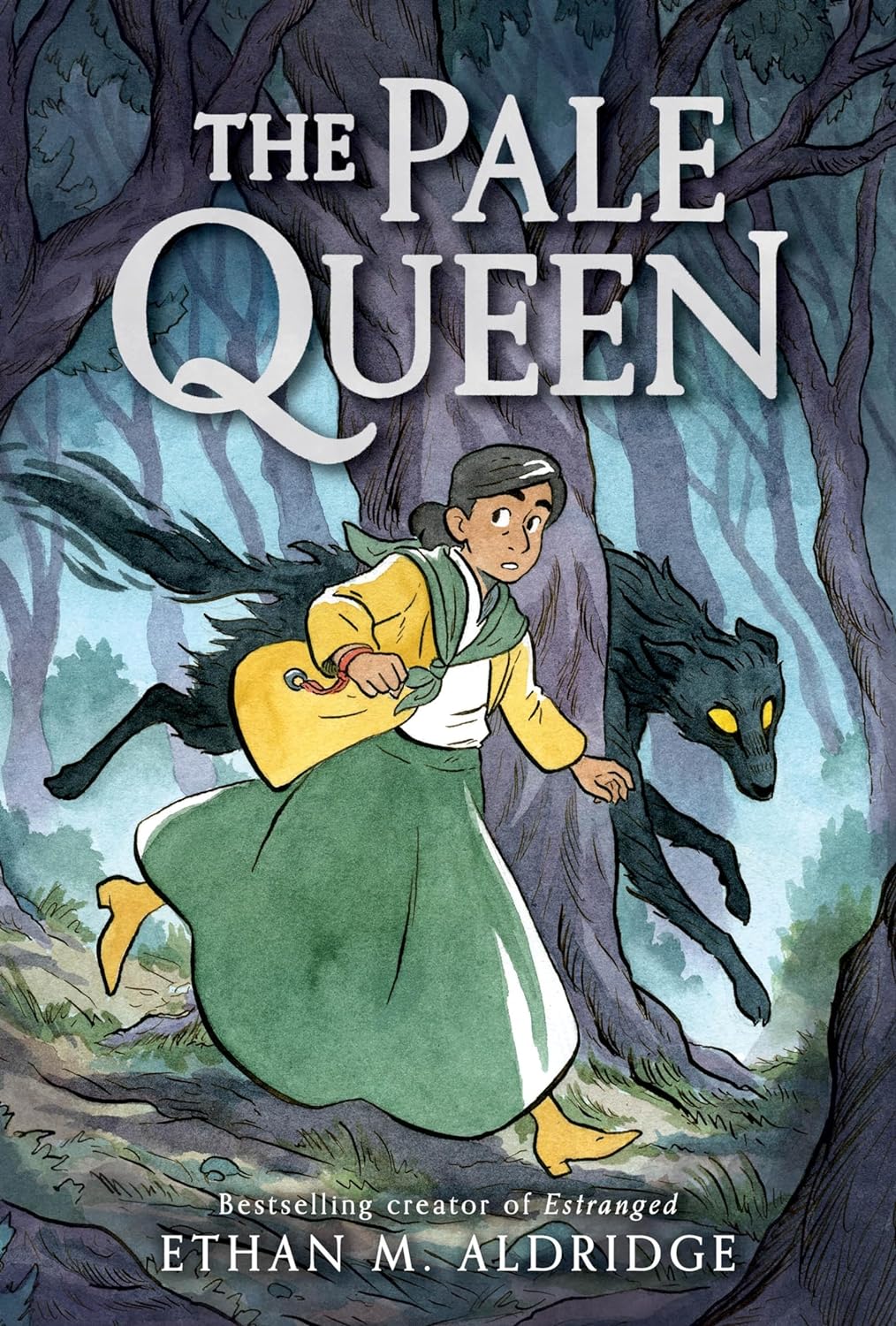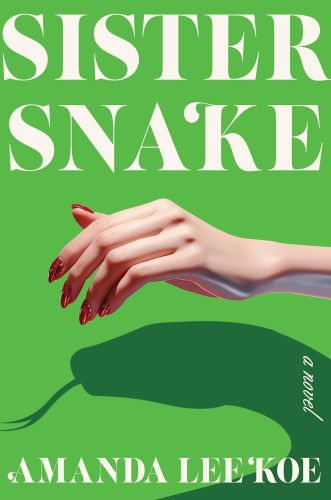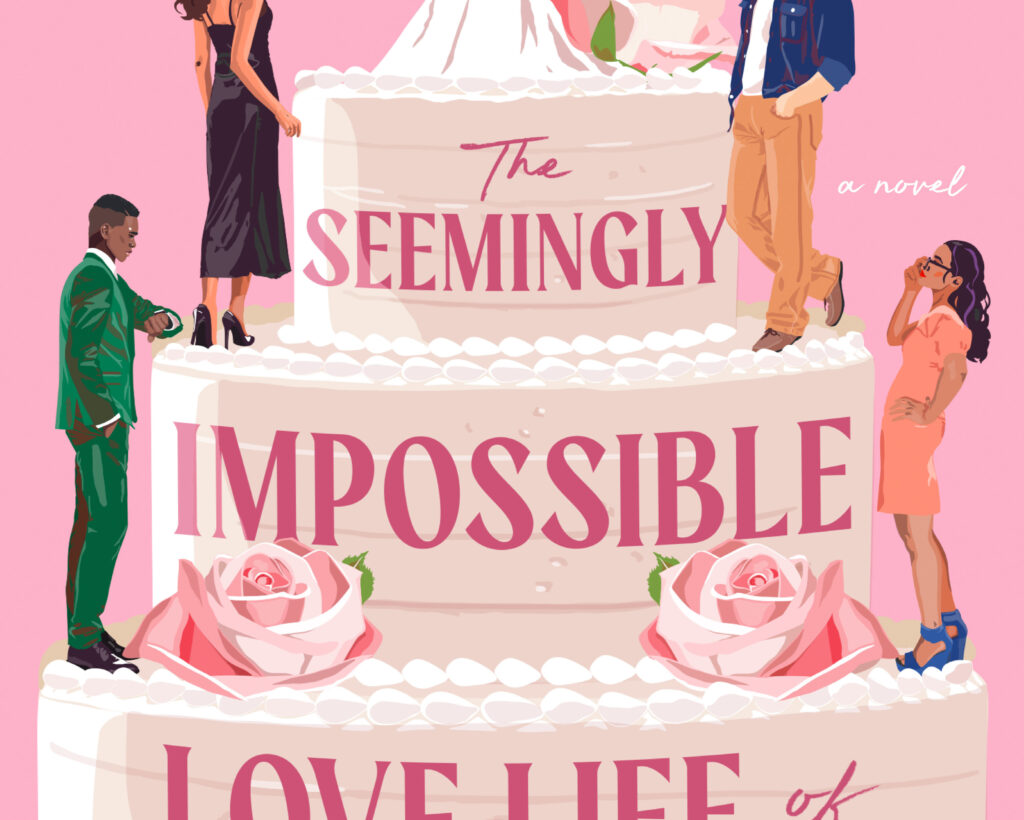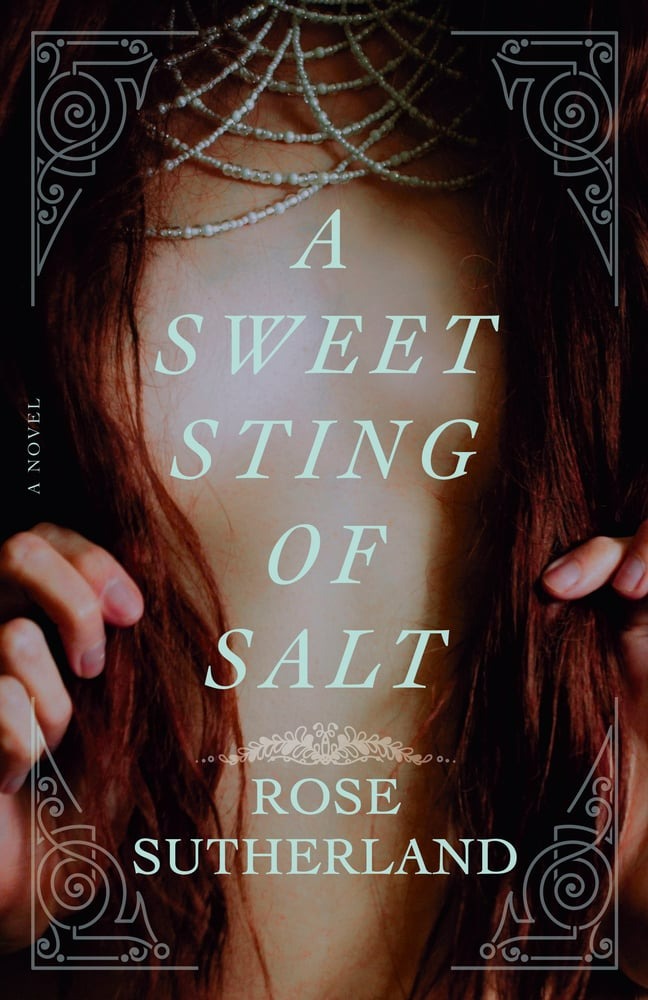The Pale Queen by Ethan M. Aldridge is a poetic middle grade graphic novel that draws inspiration from fae myths and folklore to tell a story about the support it takes to pursue your biggest dreams—and the sacrifices we are and aren’t willing to make along the way. In particular, it will appeal to young readers lookingRead More
The Unique Venom of Found Family: Sister Snake by Amanda Lee Koe Review
Su and Emerald are sisters with nothing in common: Su lives in Singapore, playing the perfect wife to her conservative politician husband. Emerald is a queer sugar baby in New York, barely scraping by living with an artist friend. While their current lives look very different and they rarely speak, they have a shared past:Read More
3 Sapphic Books I Rated 3 Stars (That You Might Rate 5 Stars)!
One of the biggest struggles I have as a reviewer for the Lesbrary is wanting to present only the sapphic stories that I believe to be the best. I am very much aware that I am a consumer, not a creator, and that if asked to create an original story, I would not fare nearlyRead More
Beware the Fae (Even When Gay): The Pale Queen by Ethan M. Aldridge
Buy this from Bookshop.org to support local bookstores and the Lesbrary! I just want to bask for a moment in the reality that we live in a time where an author can go to a major publisher and say, “Here’s my pitch for a book: a sapphic gothic romance graphic novel for middle schoolers” andRead More
A Sapphic Nova Scotia Gothic: A Sweet Sting of Salt by Rose Sutherland
Buy this from Bookshop.org to support local bookstores and the Lesbrary! I couldn’t tell you why, but I am obsessed with sapphic selkie stories. There are very few of them out there, but I leap on the chance to read any that I stumble upon. Don’t get me wrong: I like sapphic mermaids, too, butRead More
Love at First Selkie: The Girl from the Sea by Molly Knox Ostertag
Buy this from Bookshop.org to support local bookstores and the Lesbrary! On a recent trip to Portland, my partner and I picked up The Girl from the Sea by Molly Knox Ostertag (she/her) from Powell’s City of Books. This gorgeous graphic novel follows Morgan Kwon, a 15-year-old young woman living with her mom and younger brother on WilneffRead More
Stories About Brave Women Who Don’t Take Shit from Anyone: The One Hundred Nights of Hero by Isabel Greenberg
Amazon Affiliate Link We all have our preferred coping methods. Mine is returning to comforting favorites: books that changed me, those old familiar stories that still move me, no matter the intervening years. These last seven years, Isabel Greenberg’s graphic novel The One Hundred Nights of Hero has been waiting quietly for me to pick it upRead More



